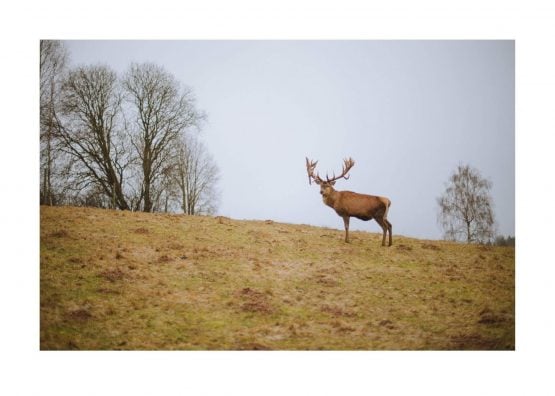Property Protection Program reward given to Miami County man
A Property Protection Program sign must be displayed to participate in the program, and signs are available at all Farm Bureau county offices.
Read MoreReindeer herding is an ancient profession and began in what is modern-day Norway.
“Ho Ho Ho” feels more like “Oh Oh No!”
It’s not that I don’t love Christmas. I do; in fact, it’s my favorite holiday. I love giving gifts and that’s the problem. I’m behind, time is flying and the guy in the big red suit with those nine reindeer won’t wait for little ol’ me.
So, in the spirit of the season and because I’m infinitely curious about all things animal and farming, I have decided that this column is dedicated to reindeer. Yes, you heard me correctly: Today’s column is going to examine reindeer husbandry or the raising of reindeer. To begin, we should probably learn a little more about these magical deer.
Well, the first thing I need to do is clarify — these are the same deer that we have here in northeastern Ohio. Reindeer belong to the same species as our whitetail deer, which is the cervidae. This species exists in Europe, Asia and North America and within this species are several subspecies based on location. There are actually seven subspecies, and some are called reindeer and some are called caribou. These seven species include Svalbard reindeer, Eurasian forest reindeer, Eurasian tundra reindeer, Alaskan caribou, woodland caribou, barren-ground caribou and the Peary caribou. Mountain reindeer migrate between summer and winter grazing grounds while forest reindeer stay in a single area. The reindeer we are examining when discussing Santa’s herd are thought to be the Svalbard reindeer.
Reindeer herding is an ancient profession and began in what is modern-day Norway. Ancient peoples in the area first hunted reindeer for their meat and hides but eventually found that domesticating and herding them was an easier lifestyle. The first written words about the domestication of reindeer appeared in a note that the Norwegian chief Ottar wrote when visiting King Alfred in England. Ottar wrote about the Sami who managed domesticated herds for transportation and milking.
The Sami people lived and worked in siiddat groups, also known as reindeer herding groups, and used their herds for meat, milk and transportation. Their nomadic lifestyle from summer and winter grazing grounds created families that were tightly-knit and exclusive. In the 17th century, this way of life for the Sami was drastically altered as Norway, Sweden, Finland and the Kola peninsula of Russia began to fight for independence. The Sami were found to be highly desirable residents for each country because they paid their taxes in reindeer hides and meat. This led to them being taxed by multiple countries and ultimately increased the need for more reindeer and more herders.
The popularity of reindeer has not decreased. In fact, the 1960s saw the technologies used by reindeer herders increase and this included using snowmobiles versus having to ski or walk with herds as they migrated from one area to another. Increased technology in breeding and genetics also produced animals that were heartier and less prone to ailments or disease. Currently, reindeer herding makes up a small percentage of the farming population in places like Norway, Finland, Sweden, Russia, Greenland, Alaska, Mongolia, China and Canada. There is also an incredibly small population of reindeer in Scotland.
Laws in Norway and other countries actually protect traditional reindeer herding. A law in Norway states that a person who wishes to raise reindeer must have some Sami heritage and someone in the family must have previously raised reindeer. Sami rely heavily on traditional knowledge passed down from generations to understand the patterns of these still migratory animals.
Each family of reindeer herders is issued an ear tag that is unique to their animals, and animals must be tagged by a certain date each year. Families even have certain designated areas where they are able to graze their reindeer and these areas comprise almost 40% of Norway’s surface area. Herds include approximately 70 reindeer per owner, and a siiddat unit should not have over 250 reindeer. In 2007, which was the most current data, Norway contained 241,000 farmed reindeer and almost 80,000 wild reindeer (ICRH).
So while I may not feel prepared and dash from place to place to find the perfect present to place under the tree, Santa has no need to fret or worry. His main form of transportation, the reindeer, will continue to do the job that led to their domestication thousands of years ago. So on Christmas Eve, when you scan the night sky looking for that bright red nose, don’t forget to thank the Sami who help raise the reindeer for Santa’s sleigh.
See, farmers do play a vital role in Christmas.
OFBF Mission: Working together for Ohio farmers to advance agriculture and strengthen our communities.
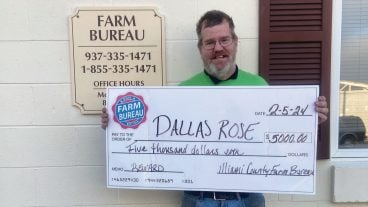
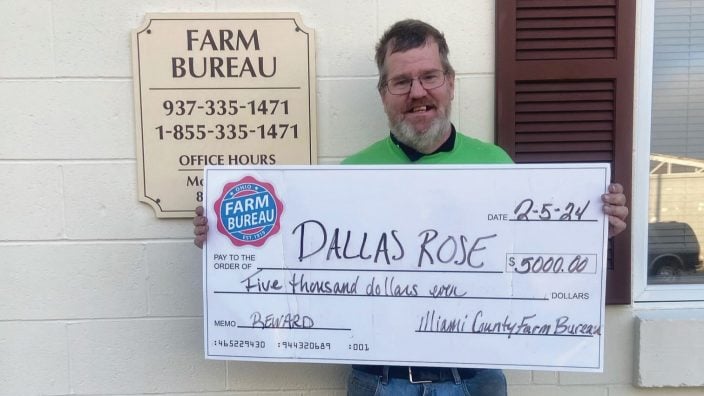
A Property Protection Program sign must be displayed to participate in the program, and signs are available at all Farm Bureau county offices.
Read More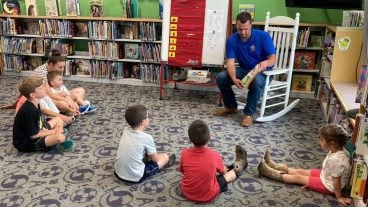
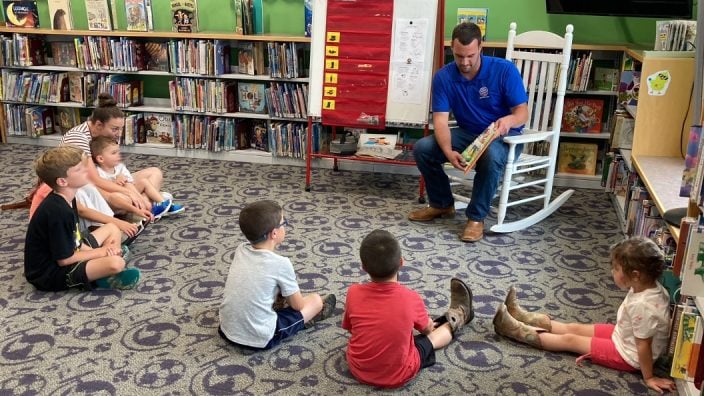
Storytime with a Farmer is a program held bi-monthly, on the third Tuesday (even months) at 6 p.m. in the children’s department of the Bucyrus Public Library.
Read More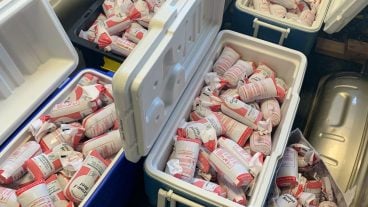
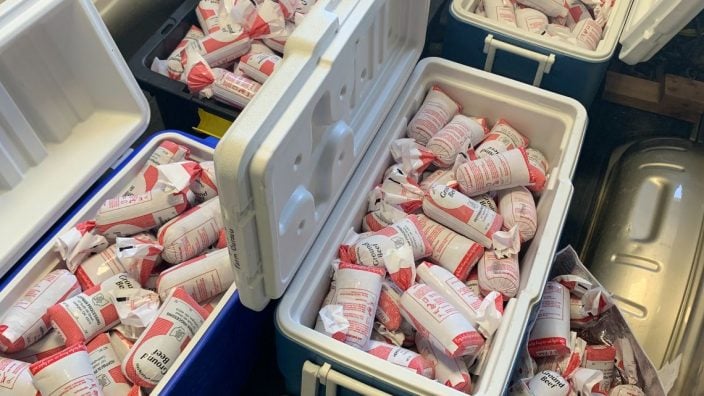
Delaware County Farm Bureau is proud to bring back quarterly beef donations to People in Need.
Read More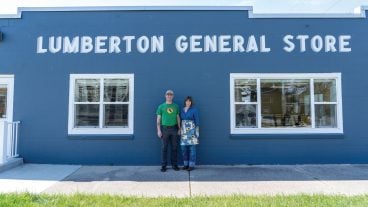
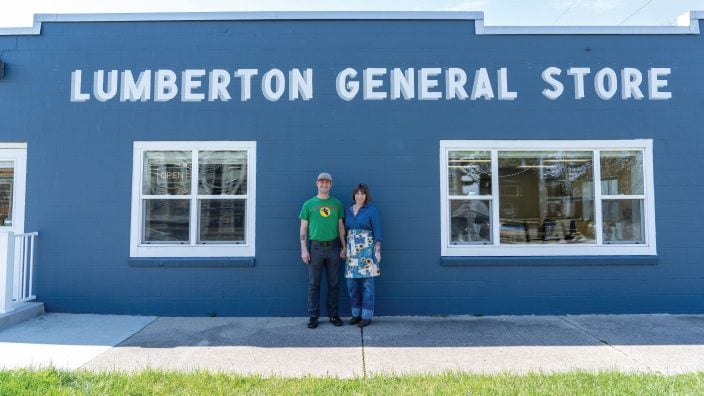
Emily Buchanan and Sam Ginn have restored a Clinton County restaurant it to its original restaurant roots, but also added a general store element to showcase local producers and their products.
Read More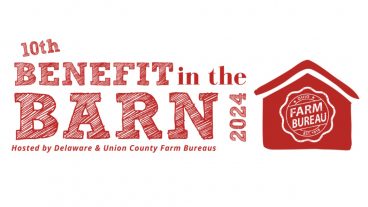
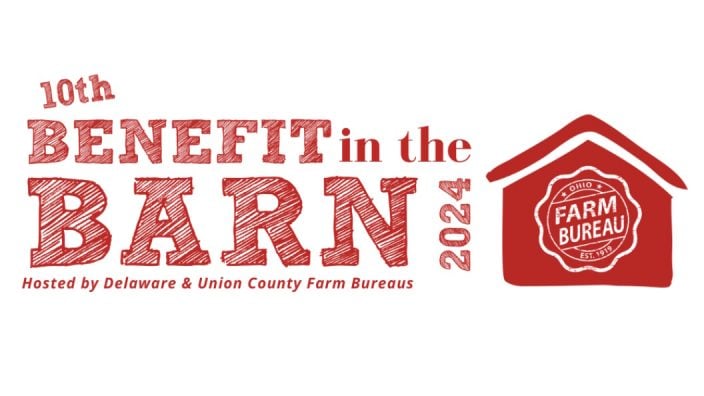
Enjoy this celebration of agriculture and music Aug. 17 with proceeds benefiting hunger relief agencies in Delaware and Union counties….
Read More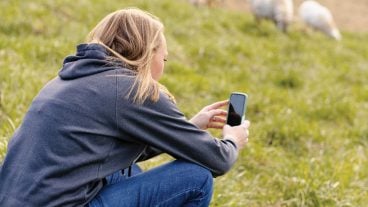
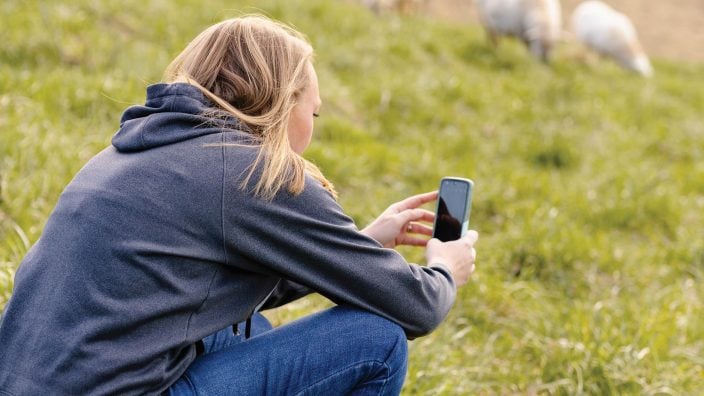
Krysti Morrow is finding success promoting Rocky Knob Farm through regular emails, lively blogs on the farm website and forays onto Facebook and Instagram.
Read More
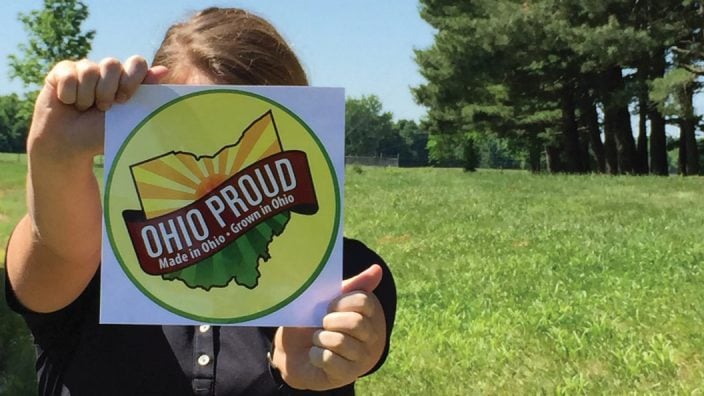
Created in 1993, Ohio Proud is the Ohio Department of Agriculture’s marketing program that identifies and promotes food and agriculture made in Ohio and grown in Ohio.
Read More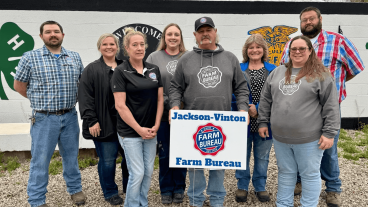
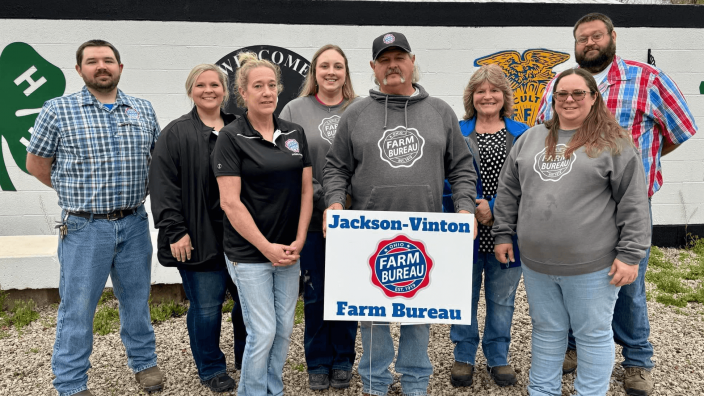
Jackson-Vinton Farm Bureau held its first Youth Safety Day! We hosted Jackson, Oak Hill, Wellston, and Vinton County FFA students…
Read More

Katie Share of Columbus has been named ExploreAg and Youth Development Specialist for Ohio Farm Bureau.
Read More
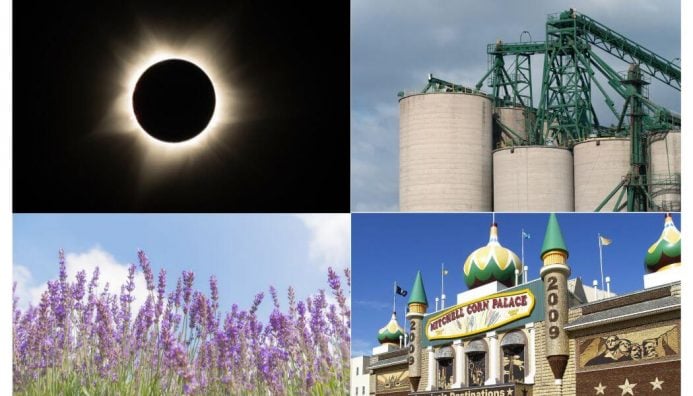
Here is my list of the top four most unique agricultural experiences in my life.
Read More